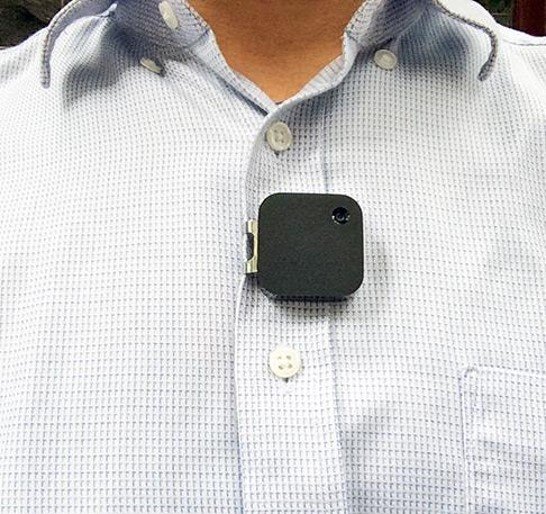Mind the gaps: Restless perfectionism and the quest for the extra 20%
When I was at the beginning of my insight career, we invited inspirational psychology lecturer, Dr Simon Hampton, to come down from University of East Anglia and give a talk to the team at Firefish about the psychology of focus groups – which were at the time very much the mainstay of qualitative research. I think I had hoped to be given a cheat sheet of relevant theory and smart things to say in meetings, but what I took away his talk was much more important, useful and formative.
During the session Simon took time to look with us at the nature of research groups and interviews in the spirit of really understanding what it was we were doing. As part of this, he asked a lot of questions about both the positives of the real time group interactions – and posited some fundamental problems and limitations with them too.
My initial reaction was some defensive surprise – coming down here from Norwich and telling us we were doing it wrong, really! Once my fragile London ego had recovered, the session brought a change in me that has been a driving force ever since. That has been to seek and embrace the imperfection in something and to do your damnedest to deal with it.
So, if people don’t express their emotions well verbally, then observe and measure those emotions. If people present a more socially acceptable version of themselves in interviews and groups, then explore their real attitudes with implicit response testing or projective techniques. If HCPs always present considered rational explanations for their decision making, then use behavioural science to unpick what is really driving choice. If patients can’t really remember the detail of their lives, then use wearable cameras and other behavioural data sources to look at what’s really happening.
Wearable cameras give a unique view of what life is really like for people living with health conditions and let us ‘walk a mile in their shoes’
Basically, the Hampton effect led to a steady state of constructive self-doubt when considering the best way to answer a brief – or as I prefer to think about it, restless perfectionism. What can we do to fix the imperfection in an approach? How do we make sure that we don’t just mind the gaps - but fill them too? That means embracing the imperfection, thinking creatively and acting innovatively to make sure that we go deeper into an issue and don’t just take things at face value in order to help us deliver better recommendations that drive better strategy development and decision making.
I see this as extracting an extra 20% from a project compared to just settling on a more traditional, obvious and easy approach. This is also 20% that the competition might not have thought or bothered about – and that’s where competitive edge can be found by being better informed and better prepared.
Sadly, Simon passed away a few years ago but I still instinctively reach for the phone to check in with him on where the gaps might be in what I’m thinking of doing and where we might find the extra 20%. However, even though that’s no longer an option, having the thought alone still makes me stop and think expansively about a problem and how we can build a project framework that fills the gaps, rejects the compromises and takes us further.
Thanks for that, Simon.

